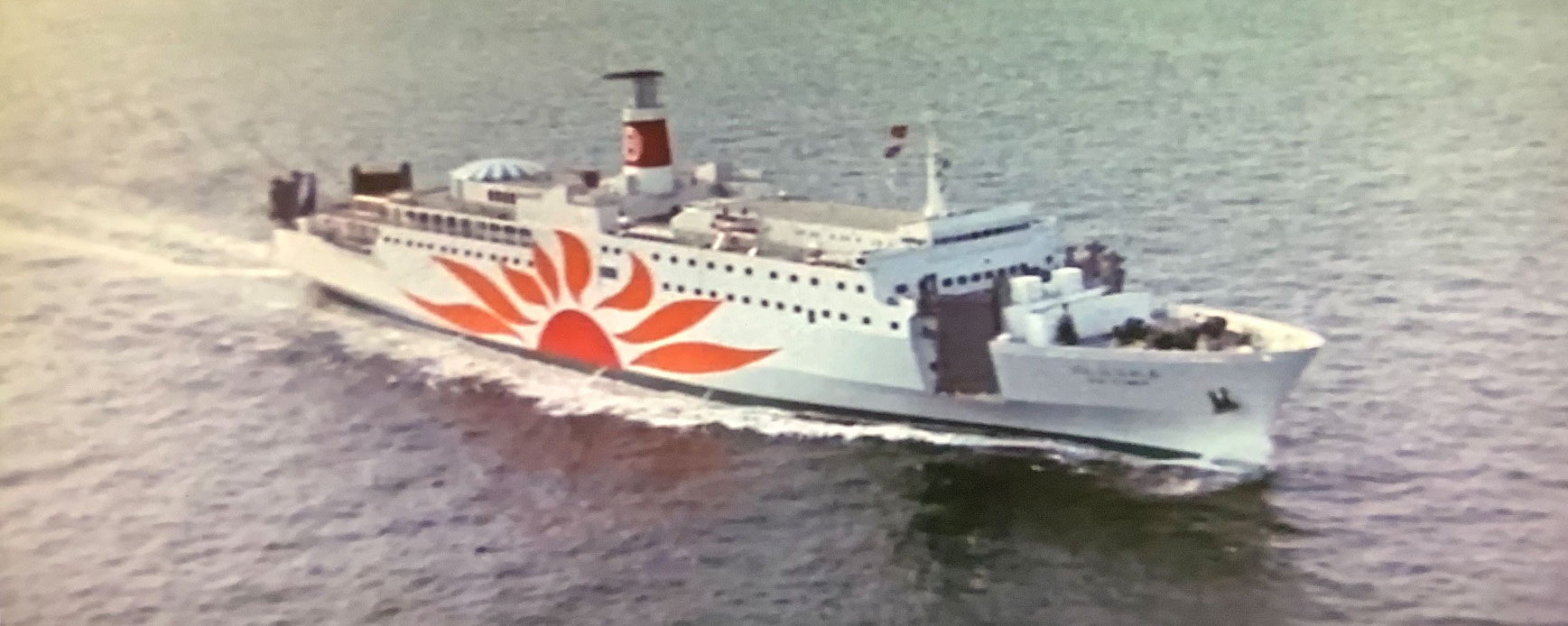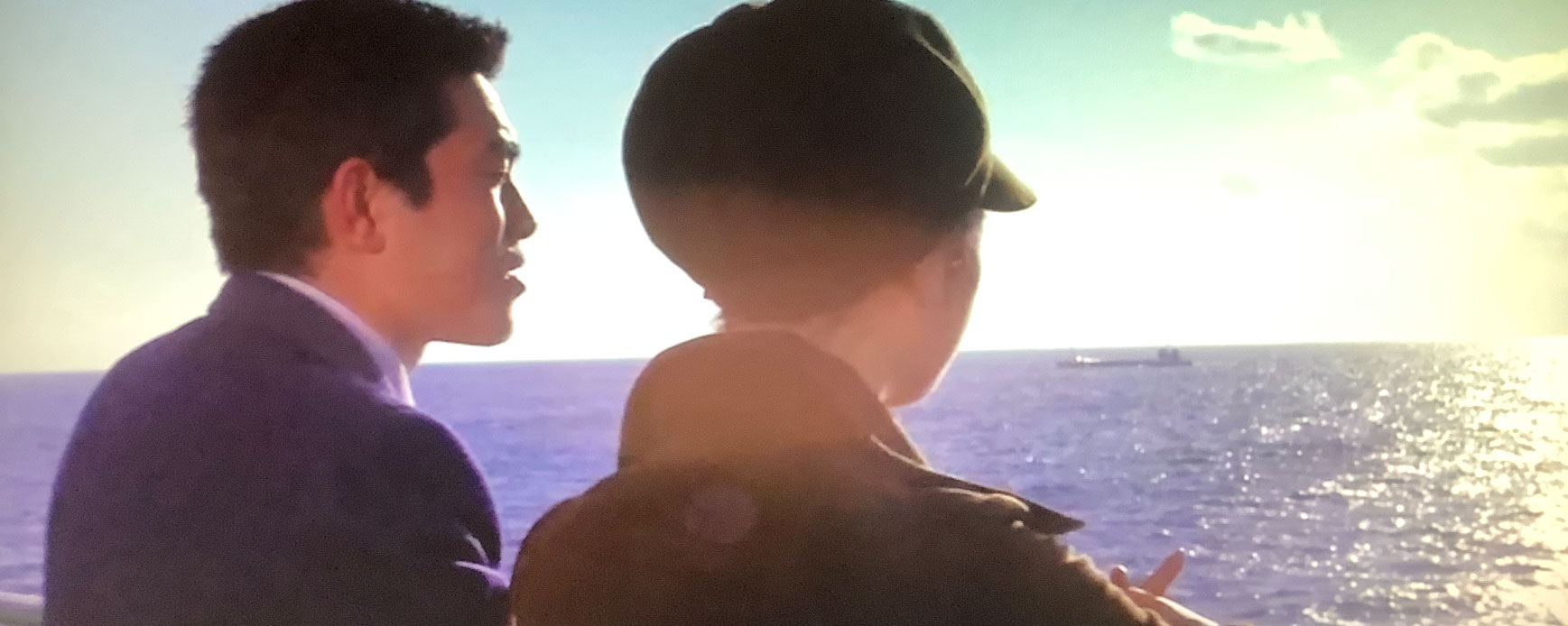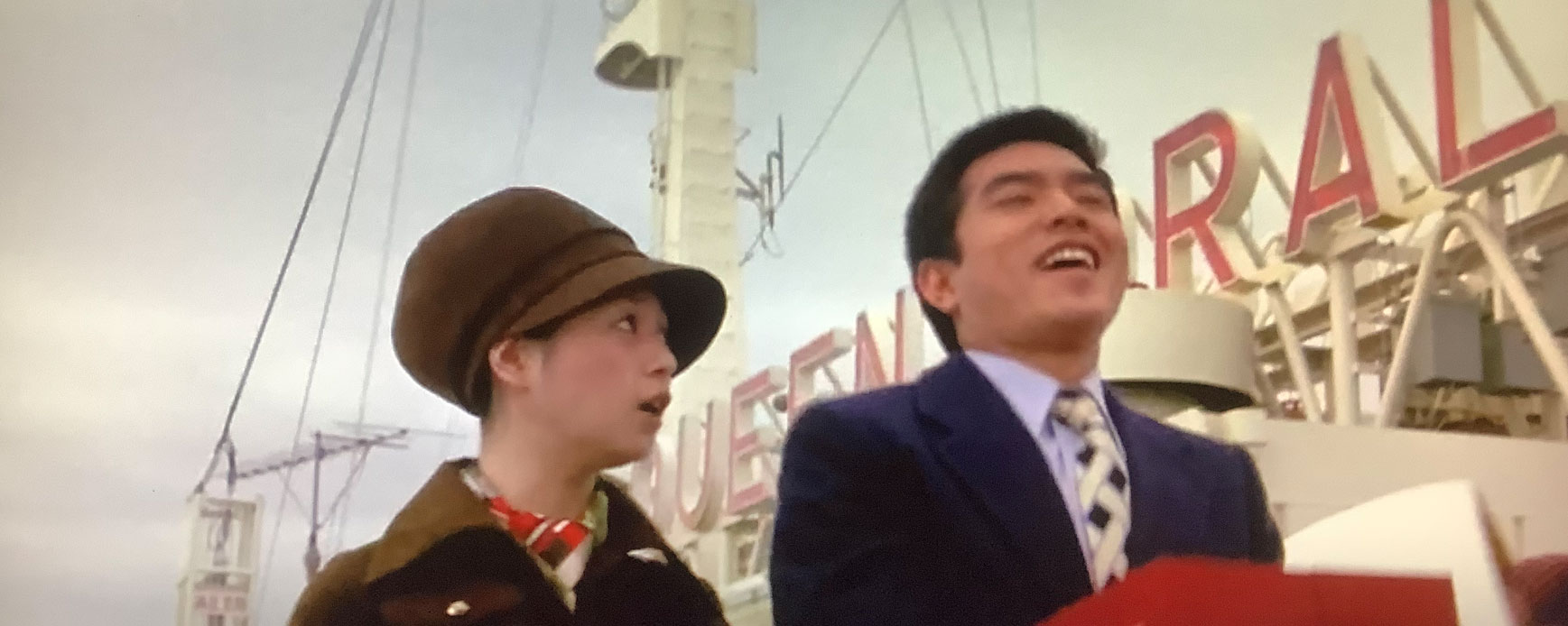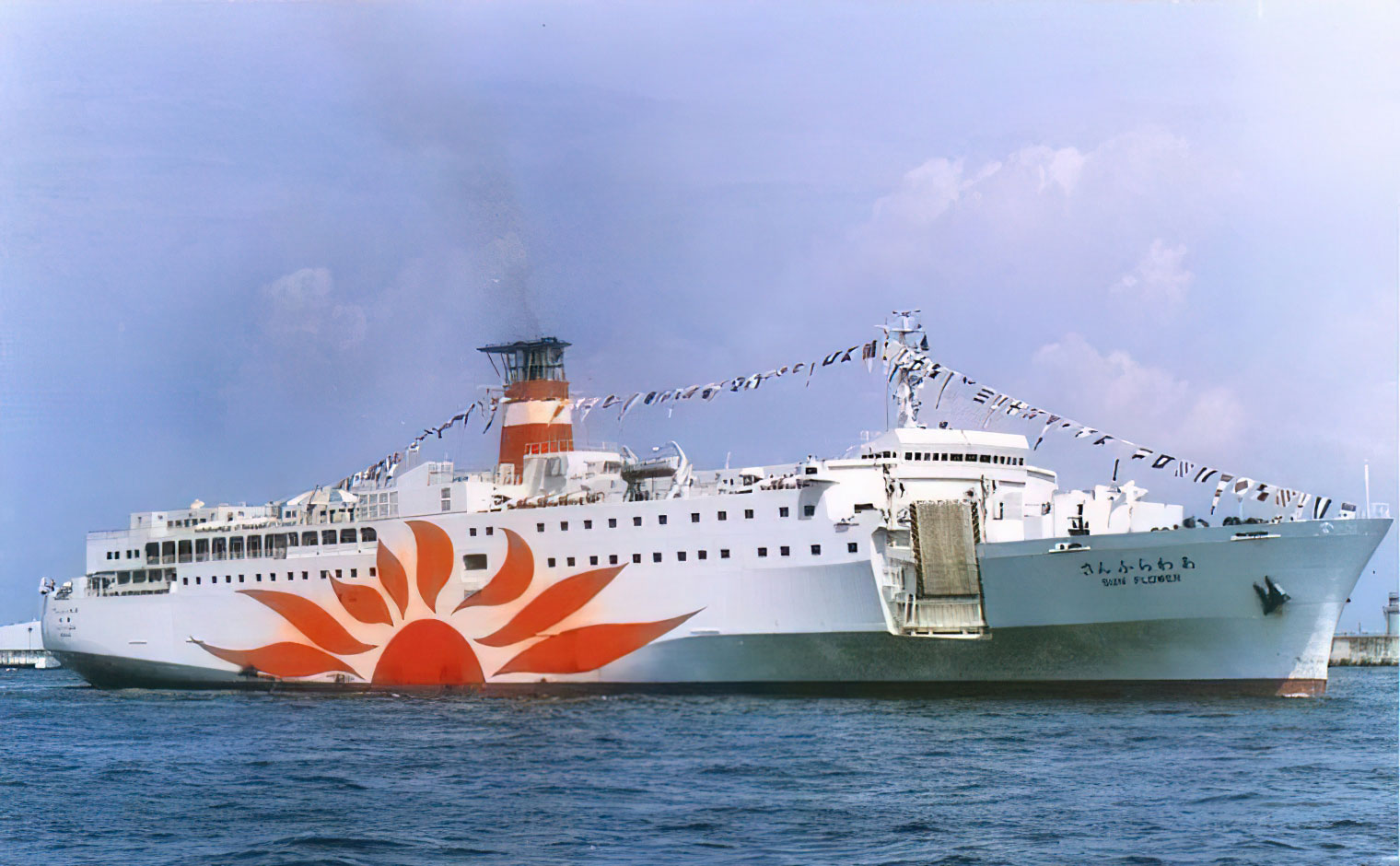5.7.2022
Lately, I’ve been fixed on my childhood favorite Godzilla vs MechaGodzilla (1974). The recent Godzilla vs Okinawa event has captured my imagination. Okinawa has been my dream vacation destination and ultimate Godzilla place to visit for a long time. When I watch I notice details in the movie that I missed as a child but now interest me as an adult. The movie’s connection to Expo 75 and the history and culture of Okinawa are such examples. As I research these fascinating details, new ones emerge.







